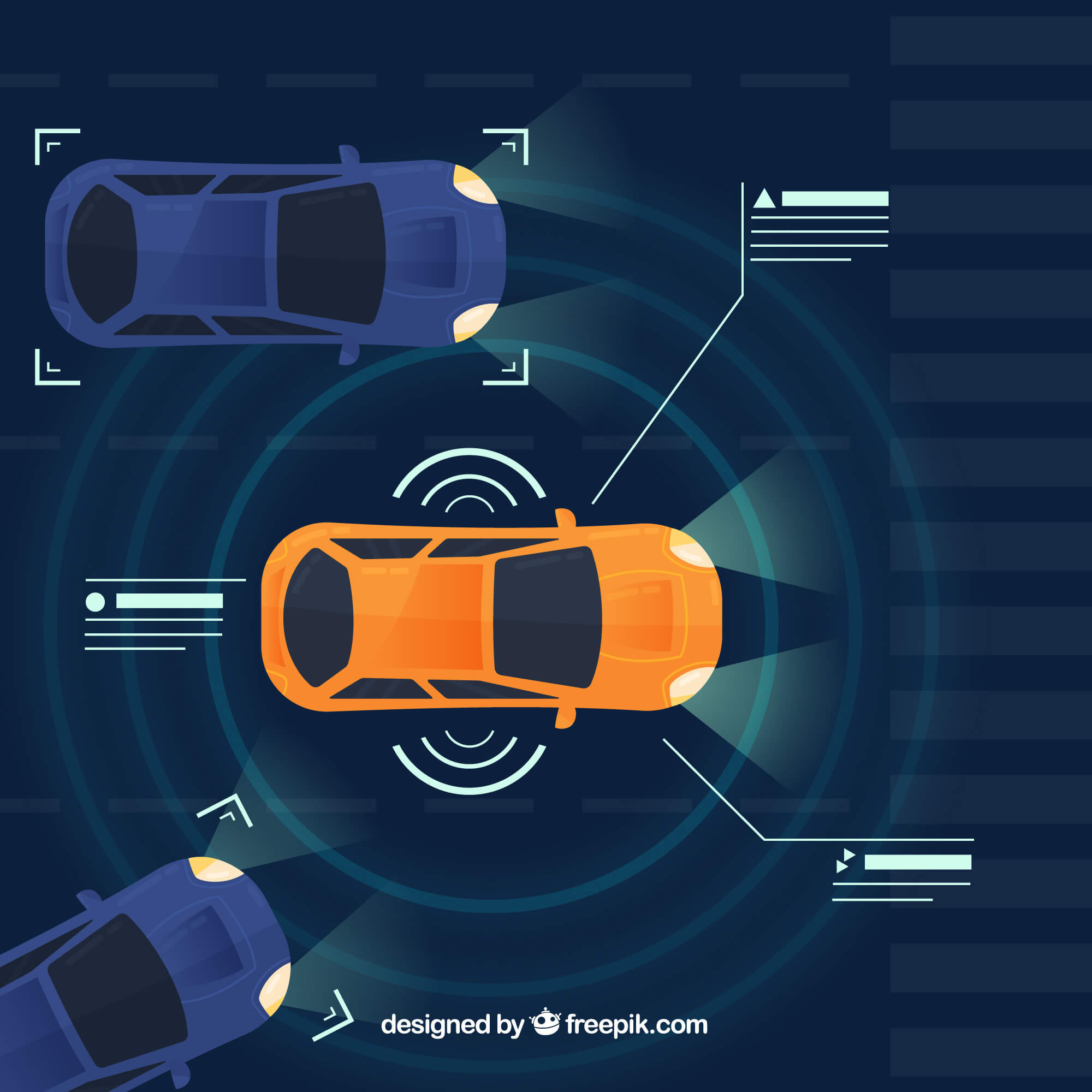Blog
BACK TO BLOG
After a collision, the Post Collision Braking System (PCBS), a safety feature, automatically activates the brakes. By bringing the vehicle to a controlled stop gradually, this system lowers the likelihood of additional impacts. Due to momentum, a car may continue to move after an initial collision, raising the possibility of subsequent collisions. This is avoided with the post-collision braking system. This is particularly useful on highways or congested routes. Let's check PCBS's operation, significance, and underlying technology.
How Does the Post Collision Braking System Operate?
The car's airbag sensors, which sense a strong impact, are linked to the automatic post-collision braking system. The following procedures are used to activate PCBS if an accident is detected. When a collision occurs, the impact is detected by the car's sensors. The airbag system, which determines the impact force, is connected to these sensors.
Without the driver having to intervene, PCBS activates when a serious collision is detected. In order to prevent a sudden stop that can worsen injuries, PCBS applies the brakes gradually after activation. By ensuring a safe stop, this methodical braking procedure prevents additional harm. The anti-lock braking system is engaged when the brakes are applied after a collision.
After that, the system rapidly stops the car to stabilize it and stop it from rolling into other lanes, colliding with obstacles, or starting a chain reaction. Only after the initial accident does PCBS activate, enabling the driver to regain entire control of the vehicle after it has completely stopped. So, understand that it is not a pre-collision assist for a driver.
Advantages of Post-Collision Braking System
The post-collision braking system offers a number of advantages.
• Avoiding Secondary Collisions
Preventing secondary collisions is the major benefit of the post-collision braking system. Vehicles frequently continue to move after an initial impact because of momentum, which raises the possibility of additional collisions. By automatically applying the brakes, PCBS lowers the chance of further crashes. So, understand that this system will not help you with pre-collision assist.
• Enhanced Passenger Safety
By rapidly and carefully stopping the car, PCBS improves passenger safety. It helps shield passengers from extra injuries that could raise the risk of harm by restricting further movement following a collision.
• Reduced Vehicle Damage
After a collision, the emergency braking stops the car right away, potentially preventing more harm. In addition to lowering maintenance costs, this damage reduction helps preserve the car's structural integrity, which may be compromised by multiple impacts.
• Improved Road Safety
Additionally, by lowering the potential multi-car collisions, particularly on highways or in congested traffic, PCBS promotes general road safety. Roads are safer when secondary hits are avoided because fewer cars are engaged in chain-reaction crashes.
• Increased Control in Hazardous Conditions
The post collision braking system helps in dangerous situations when cars may slip more easily, such as on ice or wet roads. The system lowers the chance of the car slipping into other lanes or obstacles by stabilizing it after impact through the application of controlled braking.
The Post-Collision Braking System Technology
For smooth operation, PCBS relies on sophisticated speed sensors and brake control technologies. Major parts of the system include a data processing unit, braking actuators, electronic stability control (ESC), and airbag sensors.
During a collision, airbag sensors measure impact force and communicate this data to the PCBS system. Together with PCBS, Electronic Stability Control (ESC) helps stabilize the car and provides extra braking control, particularly if it starts to skid or slide. Brake actuators enable automatic braking, which applies the brakes without the driver's input when PCBS is activated.
When Post-Collision Braking is Beneficial
In several circumstances, PCBS can be immensely beneficial. High-speed collisions on highways present serious risks, and they assist in bringing cars to a rapid stop. By doing this, the chance of secondary crashes with other cars is reduced. PCBS can prevent a car from rolling into other vehicles or persons following an accident at intersections, which are high-risk accident locations. Traffic congestion can be avoided by using PCBS, which keeps an automobile still after an impact. Furthermore, PCBS aids in the vehicle's safe stopping in bad weather.
Cars with Post Collision Braking Systems Examples
Many modern safety features are now standard on cars. Cars featuring post collision braking system include the following models:
• Volkswagen Golf
• BMW 3 Series
• Audi A4
• Mercedes-Benz E-Class
• Ford Escape
• Toyota RAV4
• Honda Accord
• Hyundai Sonata
• Subaru Outback
• Jeep Grand Cherokee
Even with modern safety features like the Post Collision Braking System (PCBS), car insurance in UAE is still required. Although PCBS reduces the likelihood of further collisions, it cannot prevent the initial impact or totally eliminate any potential damage. Because it covers liability, repairs, and post-accident medical expenses, car insurance in UAE provides an essential safety net.
In the UAE, where traffic conditions can be unpredictable, car insurance is especially important to protect against the substantial financial risks associated with accidents. Current safety precautions may lessen the frequency or severity of collisions, but they do not negate the need for complete insurance coverage to safeguard drivers and their vehicles. Talk to our experts today for the best car insurance in UAE.
Want to connect with us
We would love to assist you on this journey. Drop us your details and let us help you.






